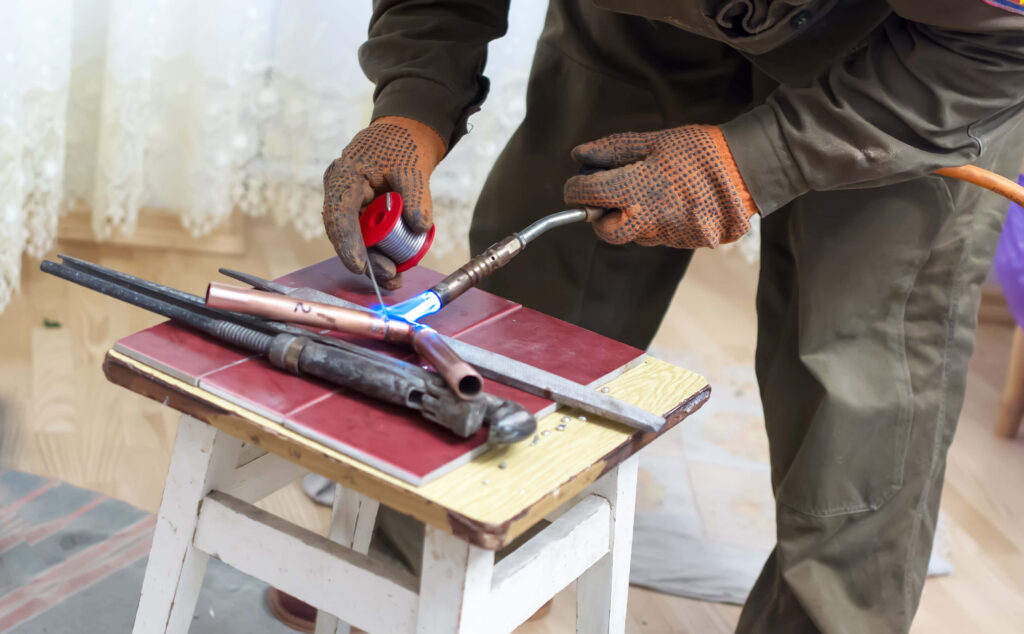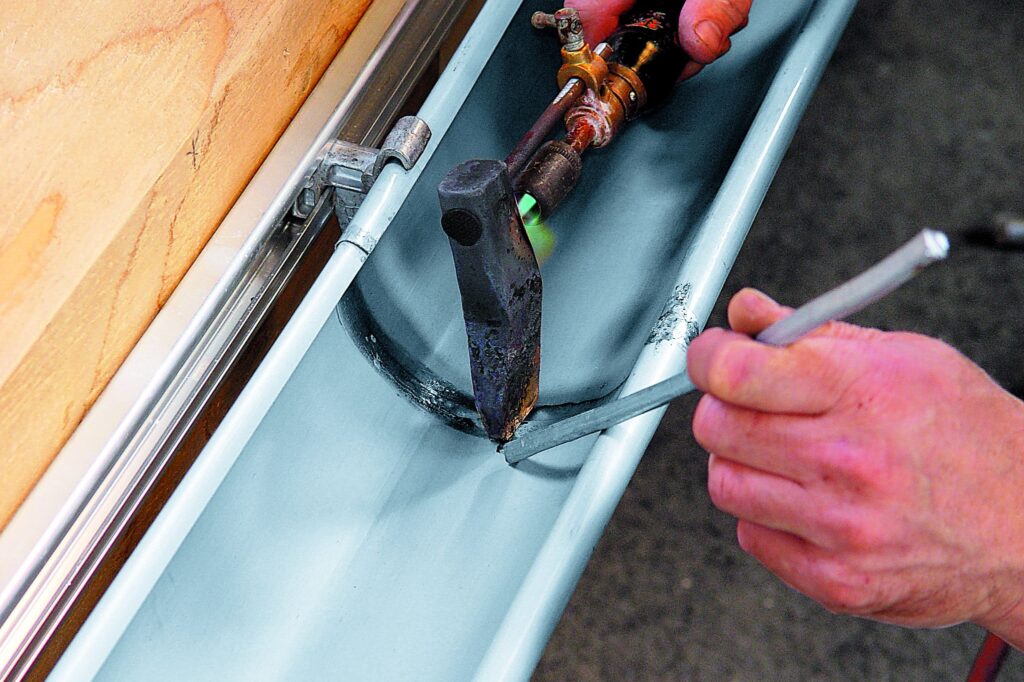Brazing - soft and hard
What is soldering?
Brazing is the process of permanently joining two metal parts by means of the introduction of a metal bond called solder or braze between them. It is one of the best known ways of fixing metal fragments together. If done correctly, it guarantees durability and stability.
Soldering versus welding - comparison
Compared to welding, which is also a well-known metalworking technique, with brazing the structure of the components to be joined with solder is not affected if the temperature is kept high enough. The solder has a melting point lower than that of the components to be joined. During the process, the binder melts on contact with the heated metal parts, adheres to them and thus joins them.
What is soldering?
The soldering procedure is possible due to the metallic bonding occurring in the gap between the metal components, but in order for this to occur in a fully correct manner, it is worth taking into account that a layer of non-metallic compounds may appear on the surface, as a result of the reaction of the metal with the atmosphere that surrounds it. As this can cause complications affecting the proper melting of the solder, it is important that these components are cleaned of the oxide layer beforehand. For this, a soldering flux, either applied together with the solder or immediately before it, will be useful. This will keep the surfaces of the metal parts to be joined clean. By using flux, you do not have to worry about being exposed to high arc radiation at high current levels, making your work safer. In addition, there is less risk of the material chipping off during soldering.

Soft soldering
Soft soldering is carried out with a soft binder, i.e. an alloy whose temperature does not fall below 183 degrees Celsius and at the same time does not exceed 450 degrees Celsius. Tin is the main ingredient in the usual alloy. In addition, there are other metals that melt at similar temperatures. These include, for example, bismuth, antimony and cadmium. The mixture may contain small amounts of mercury and lead, among others, but these are now increasingly being phased out. Over time, environmentally and health-friendly products are gaining in favour. Soft solders come in the form of sticks, wires, plates and also powder. Metals that soft solder will be well suited to joining are copper, zinc, brass and steel.
Soft soldering is used in:
- connection of electrical cables,
- the combination of electronic systems,
- pipeline repairs,
- sealing of gutters,
- flashing and roof sealing.
Brazing

Brazing is more difficult than soft soldering, mainly because of the professionalism required, which consists of more advanced tools and professional experience. Brazing with this method can reach very high temperatures, exceeding 450 degrees Celsius. The most common hard solders are:
- silver, with which many metals can be joined (certainly apart from magnesium and aluminium);
- copper-phosphorus for joining brass, copper or bronze;
- Nickel for fixing stainless steel;
- copper, with which brass-tin alloy components can be joined - a common application of this brazing is found in joining copper pipes, as well as a large number of industries, including automotive and refrigeration;
- aluminium, connecting furniture, window frames, instrumentation in the aerospace industry;
- Gold;
- cobalt;
- palladium.

































